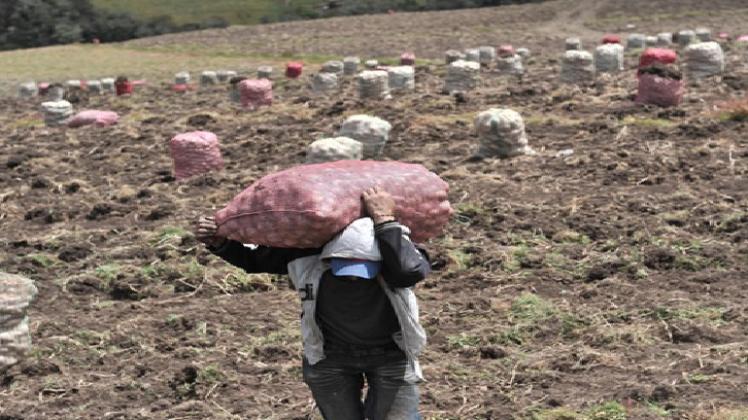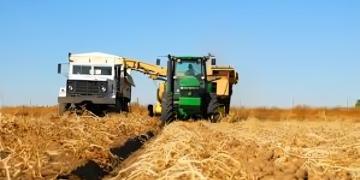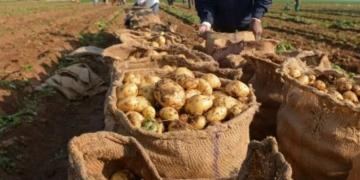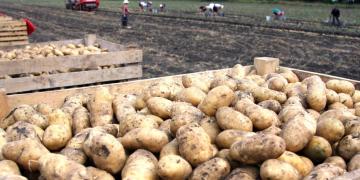Colombia: The government takes measures to avoid a potato growers’ strike.
Five days after the rice strike, the Ministry of Agriculture established the National Potato Technical Committee to coordinate production.

The countryside rarely breathes peace. Last week, after eleven days of strikes, rice farmers managed to negotiate an agreement with the government to set a minimum price per ton of unprocessed grain (green paddy). This week, with this conflict still raging, the Ministry of Agriculture established the National Potato Technical Committee.
After the rice crisis, the Executive knows that another front of rural tension could emerge at any moment.
And no wonder. Potatoes, also hit by smuggling, low profitability, and unstable prices, have the wallet’s attention.
"This methodology was agreed upon with all stakeholders and also encapsulates the ongoing work the Ministry of Agriculture has maintained with potato farmers," the statement said. "Each space will be staffed by producers who are familiar with the sector and will contribute to improving the supply chain through their experience."
This Tuesday, sector delegates from five departments arrived in Bogotá to meet with the agricultural ministry at a new sectoral meeting. The idea is to avoid any strikes, at least for now.
The portfolio’s focus is on strengthening the chain’s competitiveness, and to this end, four technical sub-tables will be created to discuss everything from smuggling to access to exports and public procurement.
The installation was preceded by regional meetings in Tunja, Villapinzón, Soracá, and Iles. The Potato Production Management Plan was socialized there, which, according to the government, aims to achieve profitability, income stability, and efficiency in the face of climate change.
The approach, although technical, seeks to go beyond diagnostics: to agree with producers on what to do with a key crop for food security and one of the hardest hit by cross-border smuggling and input costs. A warning sign before any problems in the sector.
The rice farmers
Rice farmers’ eyes are still on the exit door, waiting for the fulfillment of agreements. In regions like Tolima, a load of rice was selling for $225,000 in 2023, but in 2025 it will be around $170,000. In the Llanos, it’s even lower: $158,000. The drop has been 25% on average, according to figures from Fedearroz and the Ministry itself.
The agreement also provides for the regulation of the price of white rice through the regulated freedom regime and the creation of a permanent monitoring committee. Technical roundtables were also promised with the Treasury (on the issue of presumed costs), the Environment (on access to water), and the Tax and Customs Police (to monitor collection centers and mills).
At the same time, rice producers have called for a review or renegotiation of free trade agreements, such as the one that allows tariff-free entry of US rice starting in 2030. The pressure is no less significant: India, the world’s leading exporter, has just lifted restrictions on its shipments, and this could flood the global market.
Fuente:




